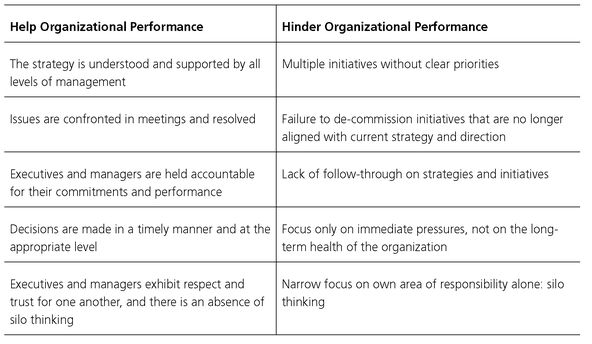CONSULTANT’S ROLE IN IMPLEMENTATION
When performance improvement specialists work at the Workplace/Organization Level, our role is considerably different than it is at the Worker/Individual or job level. At the Individual Level, we are often implementers as well as analysts and problem-solvers, especially if the solution involves job aids, references, or training. At the Process Level, we are usually part of an implementation team.
At the Organization Level, our role is that of a consultant. As consultants, we advise, propose, and recommend. We present solution sets, with the pros and cons of each, and senior management decides what to do. They are answerable for organizational results, and implementing organizational change is their responsibility. We may recommend resources, but the leader decides whether or not to use them. When we identify issues, we ask the sponsor or champion to take them forward for resolution. We do behind-the-scenes work, helping our immediate clients to manage up and ensure that all changes are integrated and that everyone is aligned around the execution of the solution. We ensure that the solutions to be implemented are aligned at all three levels of the organization. The guidelines in Flawless Consulting (Block, 2000) are especially helpful to performance consultants working at the Organization Level.
Management Practices for High Performance
Whether your client is trying to implement change or just create and maintain a high level of organizational performance, there are some common management practices that can help or hinder her. Table 4.3 lists several that we have found to be important.
TABLE 4.3. Management Practices That Help or Hinder Organizational Performance.
Source: Adapted from Geary Rummler, PAR Workshop: Four Views Analysis Guide (worksheet). Used with permission.

True Tales from the Trenches
To pull together the key elements of performance improvement efforts at the Workplace/Organization Level, we share two true tales and their results.
Horizontal and Vertical Alignment. The revenue accounting group in a large, 130-year-old railroad purchased an automated revenue accounting system to replace their manual process. The critical business issue: the railroad had tens of millions of dollars of uncollected revenue outstanding, much of it over ninety days old. Fragmentation of the manual accounts tracking process allowed overdue bills to float for months. This drove the decision to automate the revenue accounting process.
The railroad hired a small consulting firm to develop training for the new system. The consultants helped their clients see that training alone would not result in successful implementation. The software was built on assumptions about workflow that would require massive changes: workflows, procedures and processes, employees’ roles, and the way people and the organization were managed. Because it was a collective bargaining environment, the risk of contention was also high.
The consultants worked collaboratively with members of the client organization to map and re-engineer work flows, change fragmented specialty jobs into customer-focused work teams, and build a team-based organization with completely different work policies and practices. The physical workplace was reconfigured and the new workflow and procedures were simulated and tested, allowing employees and managers to learn their new roles and interactions in advance of the change.
Results: The managers, employees, and the bargaining unit enthusiastically supported the changes. Uncollected revenues more than ninety days old were reduced by 75 percent, and cash flow increased by $40 million U.S.
Horizontal Alignment and Goal Versus Action Misalignment. The U.S. sales division of a large computer hardware-manufacturing firm asked a performance consultant to create a visual map of their business development process. The presenting problem: sales teams didn’t understand the business development process. The business issue: inconsistent practices between sales teams were resulting in customer dissatisfaction and a slow sales cycle, affecting both cash flow and cost of sales. The client wanted a clear illustration of the business development process to create consistency in how the process was followed.
As the project unfolded, it became clear that each region had a different process, and even within regions there was little consistency. It also became clear that not only were sales involved, but that business development was a cross-functional process. The consultant and her client established a cross-functional task force to define, refine, and implement a process that all key stakeholders agreed on. The task force identified and eliminated many process steps that didn’t contribute to sales, and even identified some irrelevant jobs.
Results: The organization fixed and aligned the sales process and cut the average sales lead time by weeks. Because managers with large numbers of employees had greater prestige in the organization’s culture, the irrelevant jobs were preserved. The job classification system also assigned higher compensation levels and perks to managers with greater numbers of employees. This remained an example of practices being out of alignment with goals and strategies, to the detriment of organizational results.
..................Content has been hidden....................
You can't read the all page of ebook, please click here login for view all page.
